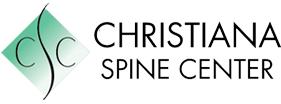Scoliosis
Scoliosis is a condition where the spine or back bone is curved sideways instead of appearing in a straight line. It can occur in all ages, but commonly occurs in children before puberty, during their growth spurt.
Most often the cause of scoliosis is unknown and is termed idiopathic scoliosis. Scoliosis can be categorized into two groups:
- Differences in leg lengths
- Muscle spasms
- Inflammatory conditions such as appendicitis
- Birth defects
- Injury to the spine
- Infections
- Neuromuscular diseases such as cerebral palsy, polio and muscular dystrophy
- Tumors
- Connective tissue disorders
- Rheumatic diseases
Scoliosis is diagnosed by reviewing your child’s medical and family history, and performing a thorough physical examination. X-rays further aid in confirming the diagnosis.
Treatment of scoliosis is based on the cause, age of the patient, and how much your child has to grow. Treatment options include:
- Observation: Your child’s physician may follow-up every few months to monitor the curve if the scoliosis is mild.
- Bracing: Your child’s physician may recommend wearing a brace to prevent the curve from worsening if your child is still growing.
- Surgery: If your child is still growing, the curve is over 40° or is worsening, surgery may be recommended. The most common surgical procedure for scoliosis is correction, stabilization and fusion of the curve.





